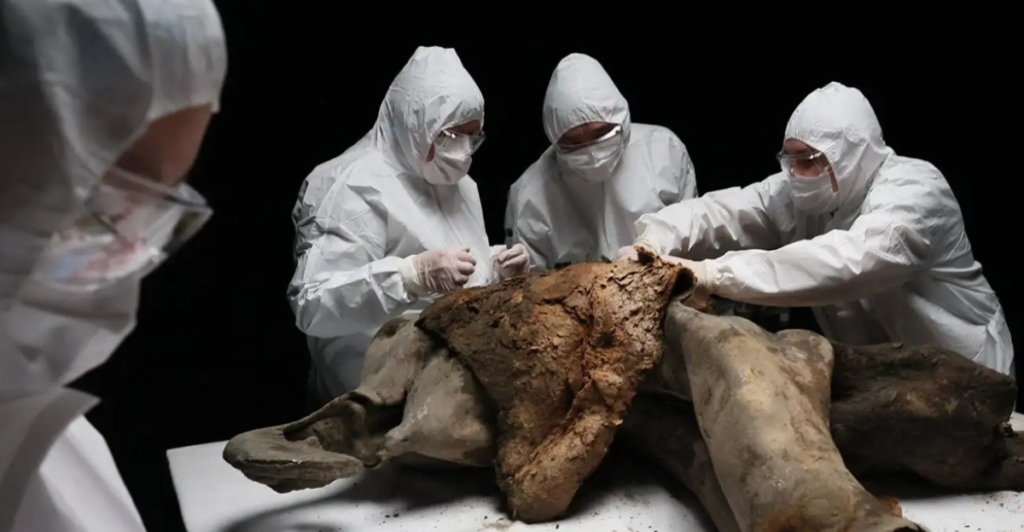
A group of researchers are making incisions, not on a contemporary animal, but on something much older. Standing in sterile gowns and peering into microscopes, they lean over a small, bent trunk and wrinkled hide that has seen no sun in more than 130,000 years. This isn’t science fiction.
It’s the real-life tale of Yana; a baby woolly mammoth pulled out of the Siberian permafrost in one of the most well known states for preservation. What’s locked inside her small body could rewrite history, provide clues to a lost world, and even warn us of the world we inhabit today. But first, we must learn what she took with her over centuries…
Hello Yana, The Ancient Child
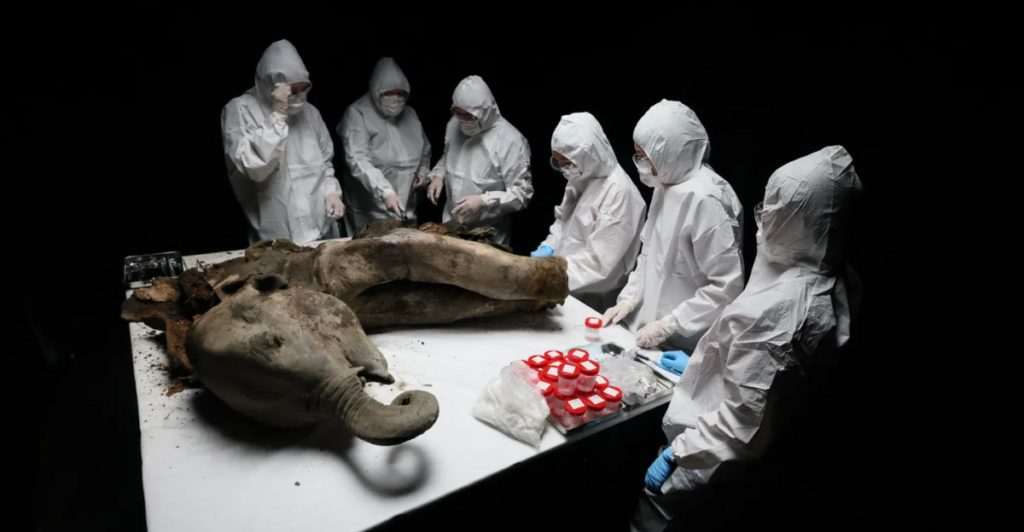
Named after the river valley in which she was discovered, Yana is a sub-adult woolly mammoth whose almost complete body shocked scientists in 2024. 1.2 meters tall at the shoulder and around 180 kilograms in weight, she could easily have been mistaken for a small elephant, not an ancient fossil.
But carbon dating has revealed something extraordinary: Yana isn’t 50,000 years old, as previously believed—she’s more than 130,000 years old. Her flesh, still brownish-grey and with patches of reddish fur, her tiny milk tusks, and even the eye sockets are all preserved so well that it is like she froze in time. She is therefore numbered among the most well-preserved mammoth finds.
The Frozen Treasure of the Mammoth Museum
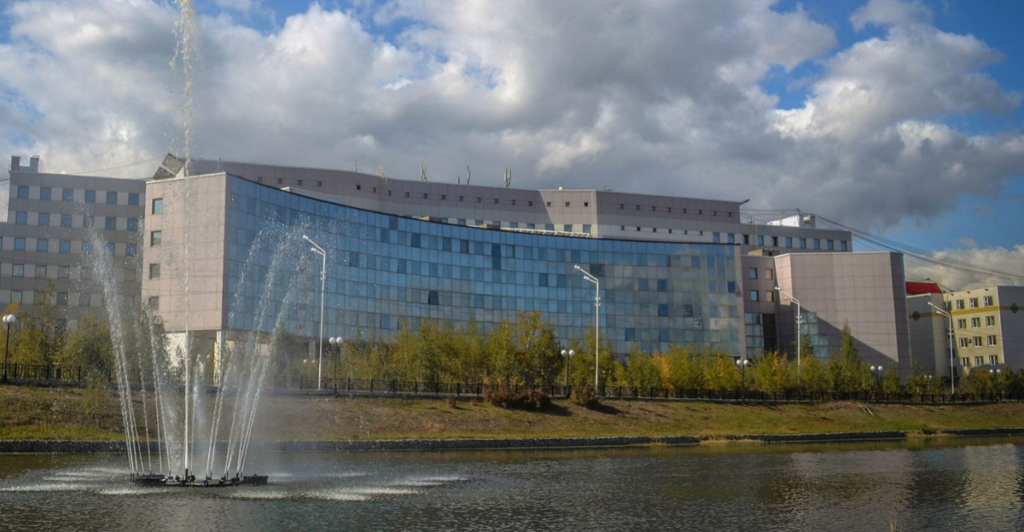
Yana’s body was brought to the Mammoth Museum at North-Eastern Federal University in Yakutsk, a center of paleontological investigation in Russia’s chilly far east.
The necropsy team, made up of genomics, zoology, and ancient microbiology experts, treated the procedure as a forensic inquiry. Wearing complete protective suits, they cut into her front quarters with surgical care, taking samples from her soft tissues, stomach, and colon.
Her hind legs, though still in the cliff where she died, will need to be dug out again. The scientists’ excitement was palpable: it was not just a specimen but a chance to look into Earth’s ancient past.
Organs, Intestines & Ice-Cold Secrets
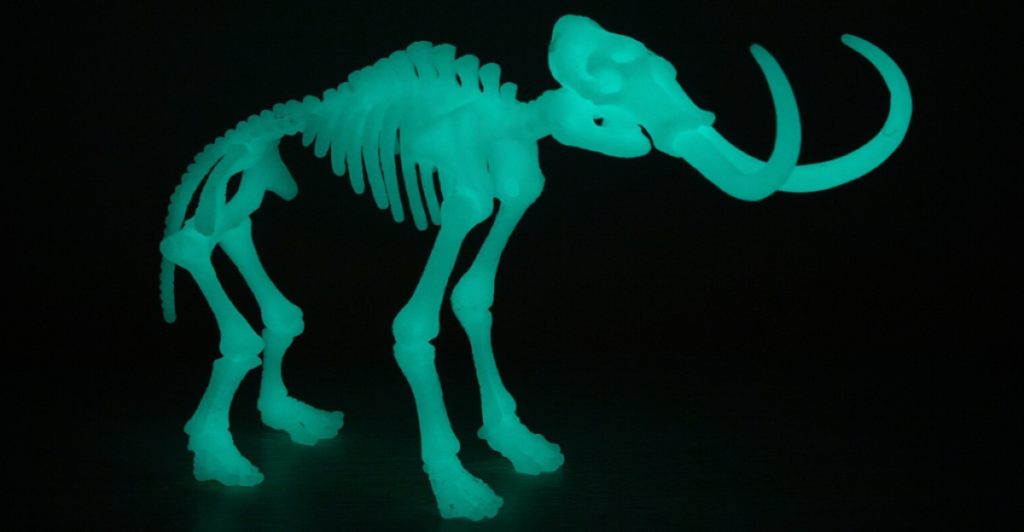
Entombed in permafrost for more than a hundred millennia, Yana’s internal organs are still intact. Her gastrointestinal system is at best partially complete, with bits of stomach and intestine still intact: a highly abnormal discovery. Her internal samples enable scientists to explore what she ate, how she lived, and what microscopic life existed alongside her.
Through a study of her colon and gut microbes, they aim to search for clues to ancient ecosystems and perhaps even plants that went extinct. The preservation is so amazing that, explains lead scientist Dr. Artemy Goncharov, it’s like “viewing the history of our world with a magnifying glass.”
Why Did Yana Die So Young?
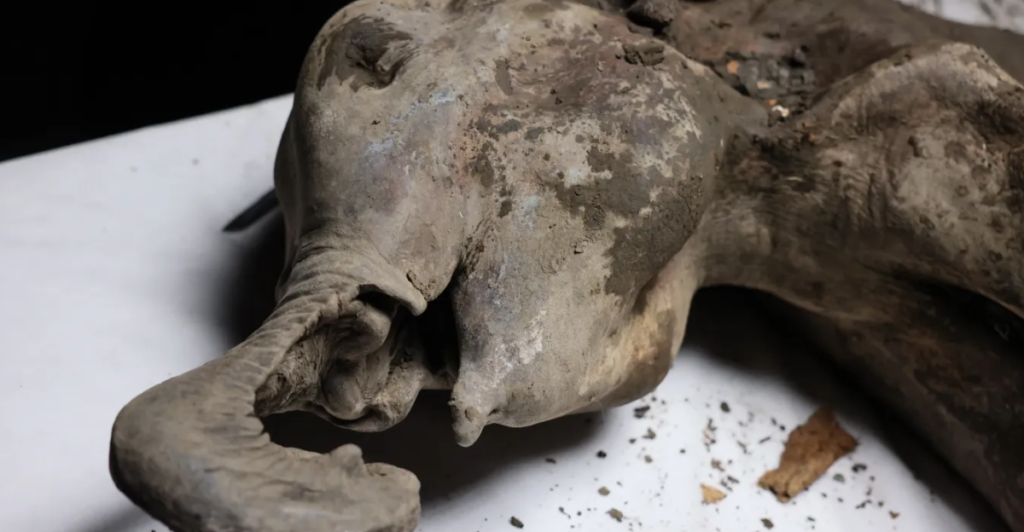
Even though Yana’s tusks showed her to be more than a year old, scientists are still unsure about the exact cause of death. Without a trace of trauma and no trace of disease, scientists are searching.
Interestingly, modern humans had not yet made it to Siberia when she died, ruling out human causation as a theory. Yana may have drowned, starved, or died because of a natural disaster like a landslide or change in temperature.
Learning how and why she died might not only illuminate the tale of her species, but enlighten us to the bigger concerns that faced megafauna as the climate on Earth fluctuated so extravagantly across the span of thousands of years.
A World Prior to Humans
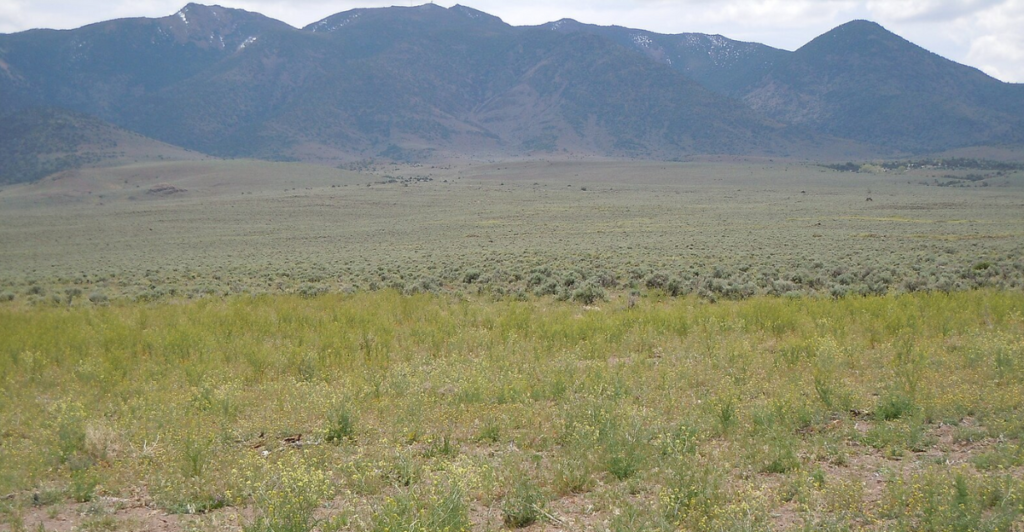
Yana’s remains provide a rare insight into a world before humans. 130,000 years ago, Siberia was home to cold steppe environments, which were populated by mammoths, woolly rhinos, and early predators.
If scientists analyze Yana’s spores, pollen, and vegetation material in her stomach, they can reconstruct what this world looked like: all that flowered, the animals that coexisted with it, and how they all lived within the Ice Age world.
Each element in her body is like a preserved page of a journal. Breaking its codes may teach us not only about extinct ecosystems, but about how they were reshaped by reshifting climates: benchmarks we can’t dismiss today.
Microscopic Time Capsules
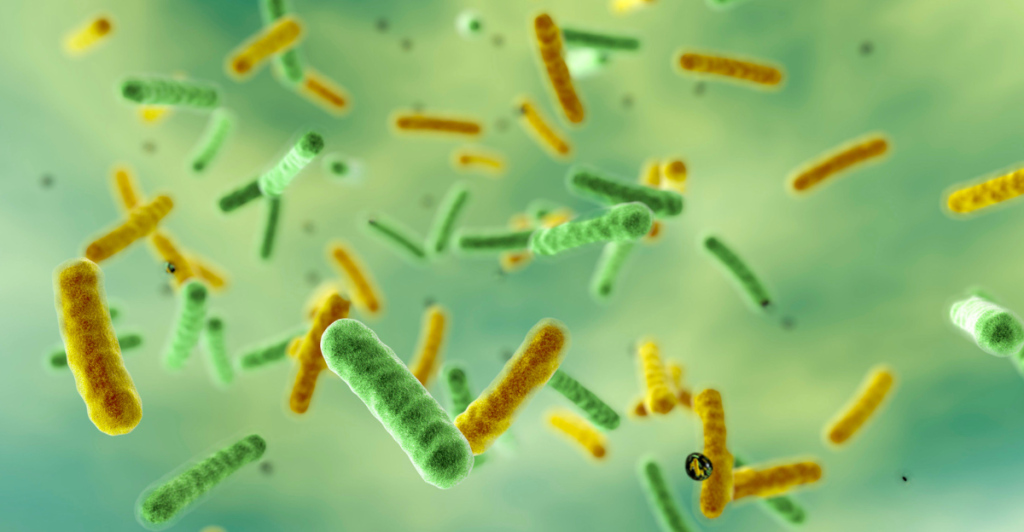
The actual title might not be hidden in Yana’s trunk or tusks, but perhaps in her microbiota. Researchers are scouring her fossilized reproductive system and organs to search for ancient microbes.
Their aim? To figure out how those microbes developed, and compare them with the bacteria that live within us now. The scientists even collect vaginal tissue using sterilized equipment to observe what microbial life looked like in her body while she was alive.
If they are successful, they might be able to map the evolution of gut bacteria and determine whether today’s bacteria are genetically connected to their distant ancestors. It’s a gradual study of evolution under the microscope.
The Climate Connection
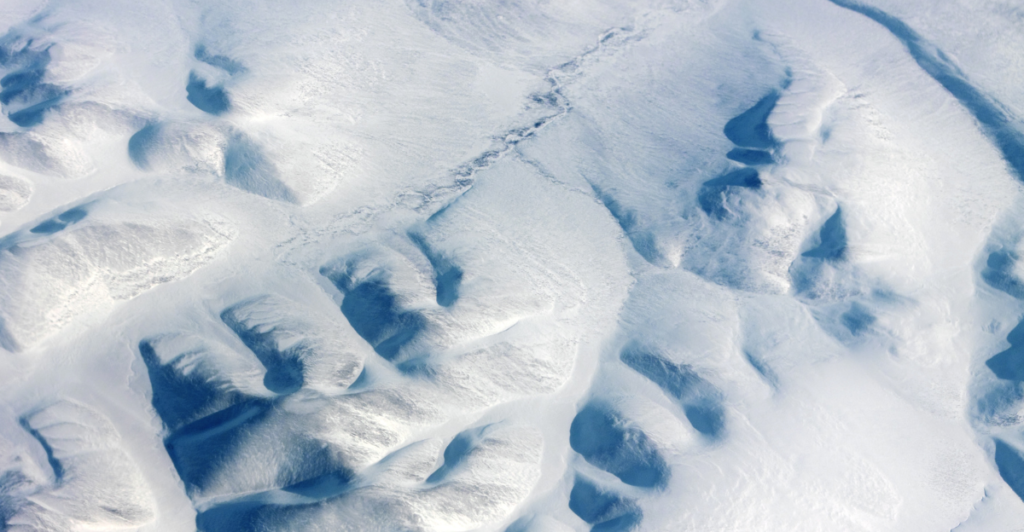
Yana’s discovery is not a flashback: it’s a warning. We only found her because of melting permafrost in Siberia, potentially caused by global warming. With melting soil, long-dead bodies such as Yana’s are surfacing.
Scientists welcome this but also fear that it reveals more serious concerns about our planet. Along with ancient beasts, deadly pathogens may lie in wait, frozen but intact.
Dr. Goncharov described how frozen bacteria could re-present themselves to modern environments through soil, water, or wildlife: a dire biological hazard. Yana is perhaps our most endearing warning signal of what is cooking under the thaw.
Science Meets Ethics
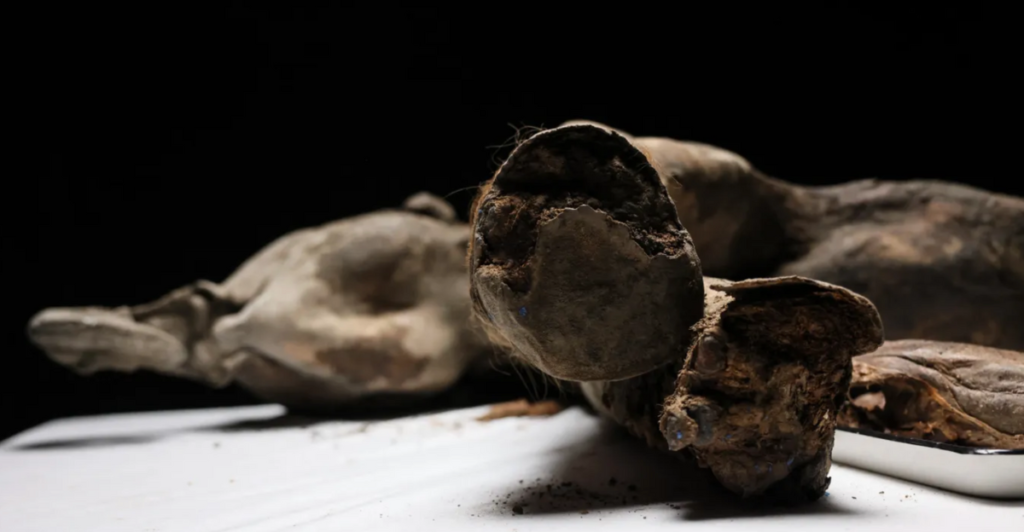
Working on such a one-of-a-kind specimen poses profound scientific and ethical questions. Do we disturb ancient remains to examine them? Might our testing have unforeseen effects?
For the moment, the solution is to tread carefully. Each incision needs to be made with reverence, each sample must be packed away for in-depth analysis. Scientists want not only to learn from Yana, but to preserve her story.
Unlike efforts to clone mammoths or bring back extinct species, this research is more about discovery: What can this mammoth’s life teach us, without trying to change the path of evolution?
A Baby From the Ice, A Message for the Future
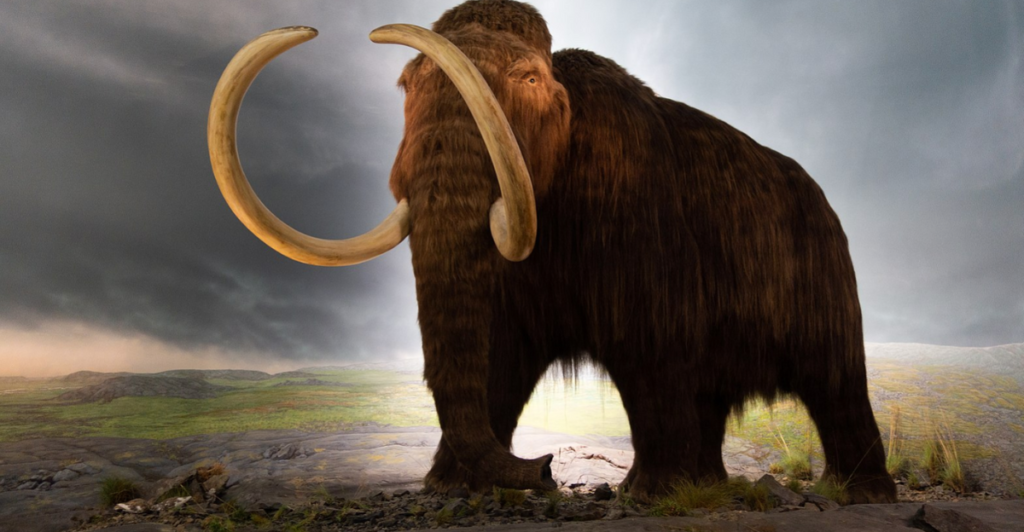
Yana may have died young, but her message could be significant. From frozen tusks to ancient germs, her body contains clues to questions scientists never thought to ask.
Her tale is about the secrets her tissues have kept for more than 130,000 years. As the world grapples with a changing world and technological progress, her soft voice speaks volumes.
And perhaps the most worthwhile lesson of all is this: the Earth keeps a record of everything. And when it finally decides to defrost its memories, we had better be ready to hear about them.
Explore more of our trending stories and hit Follow to keep them coming to your feed!

Don’t miss out on more stories like this! Hit the Follow button at the top of this article to stay updated with the latest news. Share your thoughts in the comments—we’d love to hear from you!







